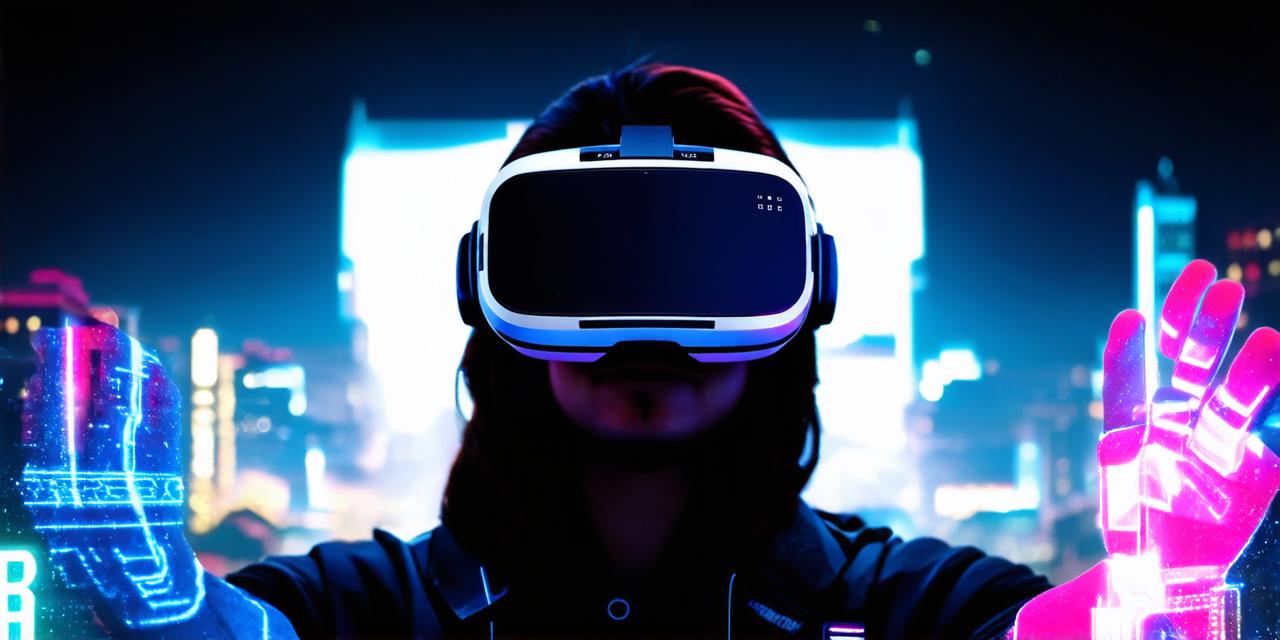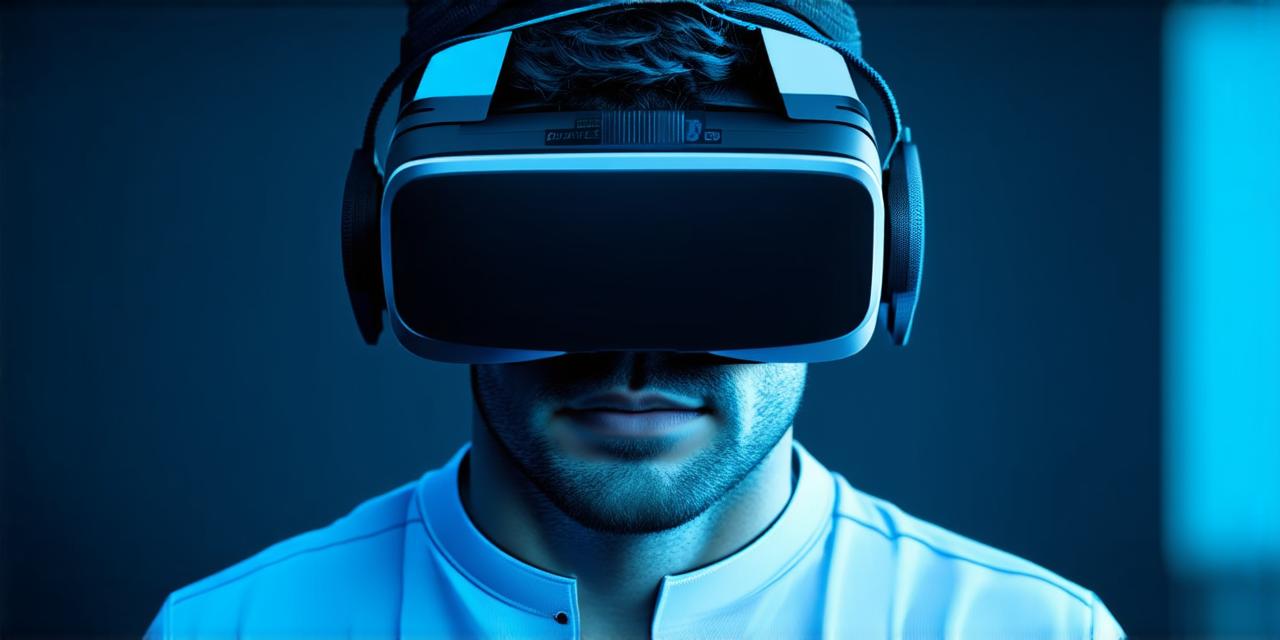Introduction
Virtual Reality (VR) has become a significant part of our modern digital landscape, offering immersive and interactive experiences that blur the line between reality and simulation. But when did this technology gain widespread popularity? To answer this question, we’ll delve into the history of VR, tracing its evolution from a futuristic concept to a mainstream phenomenon.
The Birth of Virtual Reality (1960s)
The origins of virtual reality can be traced back to the 1960s when computer scientists and researchers began exploring the possibilities of simulated environments. Ivan Sutherland, an American computer scientist, is often credited with creating the first head-mounted display (HMD) in 1968, known as the “Sword of Damocles.” This bulky device was a significant milestone in VR’s development.
The Dawn of Consumer VR (1990s)
The 1990s marked a turning point for virtual reality, with the introduction of consumer-grade VR systems. In 1991, Virtuality Group launched the first commercial VR arcade, offering immersive gaming experiences to the public. However, these early systems were expensive and limited in their capabilities, hindering widespread adoption.
The Resurgence (2010s)

The resurgence of virtual reality can be attributed to advancements in technology and a renewed interest in immersive experiences. In 2010, Palmer Luckey, the founder of Oculus VR, developed the Oculus Rift, a high-quality HMD that would revolutionize the industry. The following year, Facebook acquired Oculus VR for $2 billion, signaling a significant investment in virtual reality’s future.
The Breakthrough (2016)
In 2016, two major events catapulted virtual reality into the mainstream: the release of the consumer version of the Oculus Rift and the HTC Vive. These devices offered high-quality VR experiences at affordable prices, making it possible for consumers to explore virtual worlds from the comfort of their homes.
The Present (2021)
Today, virtual reality continues to evolve, with advancements in hardware, software, and content creation driving its growth. Industries such as gaming, education, healthcare, and real estate are embracing VR, offering innovative solutions and experiences that were once unimaginable.
Conclusion
Virtual reality’s journey from a futuristic concept to a mainstream phenomenon has been marked by significant milestones and advancements. While the technology has come a long way since its inception in the 1960s, it continues to evolve, promising even more immersive and interactive experiences for users worldwide. As we look towards the future, it’s clear that virtual reality will play an increasingly important role in shaping our digital landscape.



